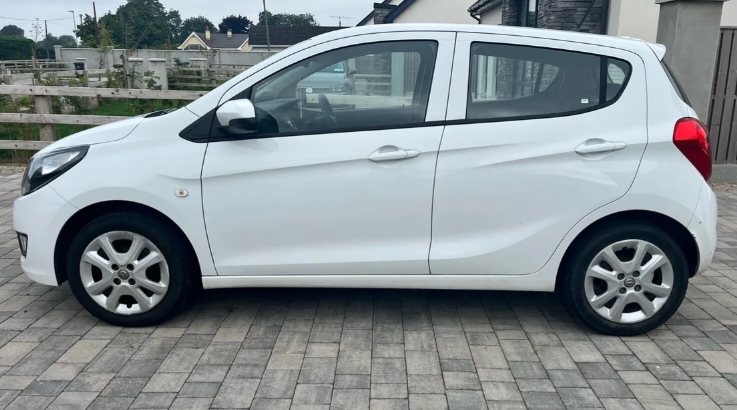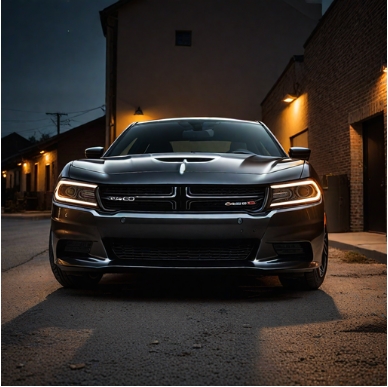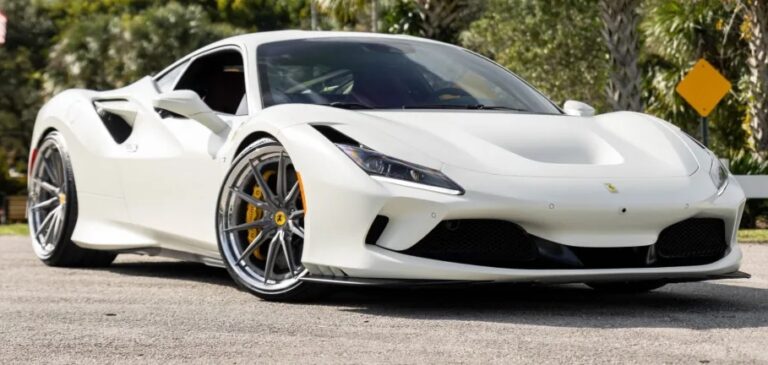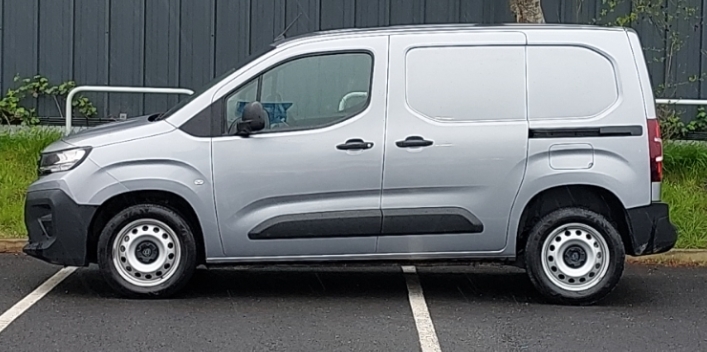The Evolution of the Opel Karl
The Opel Karl, also known as the Opel Viva in some markets and sold under different names in various regions, represents a notable chapter in the history of compact city cars. Launched as part of Opel’s strategic move to offer affordable, efficient transportation for urban dwellers, the Opel Karl was produced from 2015 to 2019. Over its four-year production span, the model underwent various updates and was offered in multiple trim levels, reflecting shifts in market demands, technological advancements, and brand positioning.
Introduction and Background
The Opel Karl was introduced at the 2014 Paris Motor Show and officially launched in 2015. It was designed to replace the Opel Agila and compete in the highly competitive small car segment, primarily targeting young drivers, city dwellers, and budget-conscious consumers. The car was based on the GM’s Gamma II platform, shared with other small cars like the Chevrolet Spark, emphasizing efficiency and practicality.
The vehicle was marketed as a small, affordable, and stylish urban hatchback that balanced comfort with economy. Its compact dimensions—length approximately 3.68 meters—made it ideal for city driving and parking, while its modern design and technological features aimed to appeal to a broad demographic.
Production Timeline and Model Variants
Production Years:
- 2015–2019
During this period, Opel produced the Karl primarily for European markets, with some models also marketed as the Vauxhall Viva in the UK.
Key Facelift and Updates:
In 2018, the Opel Karl received a mid-cycle facelift that included subtle exterior styling updates, improved interior materials, and updated technology features. This facelift aimed to keep the model competitive amid evolving market standards.
Opel Karl Models and Trim Levels
Throughout its production run, the Opel Karl was offered in various trim levels, each catering to different customer preferences and budgets. Here is a detailed breakdown:
1. Base Trim: Karl Essentia / Karl Expression
- Overview:
The entry-level versions, known as “Essentia” in some markets and “Expression” in others, focused on affordability and basic functionality. They included essential features such as manual air conditioning, a basic audio system, and standard safety equipment. - Features:
- 14-inch steel wheels with wheel covers
- Manual windows and mirrors
- Basic audio system with Bluetooth connectivity
- Manual transmission (5-speed)
- Manual air conditioning
- Driver’s airbag, front passenger airbag, and ABS
2. Mid-Level Trim: Karl Enjoy / Karl Innovation
- Overview:
The “Enjoy” or “Innovation” trims added comfort, convenience, and technological features. These models targeted customers seeking more amenities without significantly increasing the price. - Features:
- 14–15-inch alloy wheels
- Electric windows and mirrors
- Rear parking sensors
- Cruise control and speed limiter
- Touchscreen infotainment system with smartphone integration (Apple CarPlay and Android Auto)
- Additional safety features such as lane departure warning (in later years)
- Cloth upholstery with optional premium fabric
3. Top-Level Trim: Karl Ultimate / Opel Rocks
- Overview:
The highest trim levels, such as “Ultimate” or “Rocks,” offered the most comprehensive features, emphasizing style, comfort, and advanced tech. - Features:
- 15-inch or 16-inch alloy wheels
- Leather-wrapped steering wheel and gear knob
- Rearview camera
- Automatic climate control
- Premium infotainment system with larger display and navigation (available in some markets)
- Front fog lights
- Roof rails (in the “Rocks” version emphasizing a crossover look)
- Body-colored exterior mirrors and door handles
- Optional panoramic sunroof in some variants
Powertrain Options and Variants
The Opel Karl was primarily offered with petrol engines, aligning with its focus on urban efficiency.
Engine Options:
- 1.0-liter Turbo (SIDI) Petrol:
- Power output: approximately 75 horsepower
- Transmission: 5-speed manual or optional 6-speed automatic in later models
- Focused on fuel economy and city driving
- 1.0-liter Naturally Aspirated Petrol:
- Power output: approximately 65 horsepower
- Manual transmission only
Transmission Options:
- 5-speed manual gearbox (standard across most trims)
- 6-speed automatic transmission (available in higher trims and later years)
Special Editions and Variants:
Throughout its production, Opel released several special editions to boost sales and appeal to specific customer groups:
- Opel Karl Rocks:
- Introduced in 2016, this variant featured a rugged crossover look with increased ride height, roof rails, and protective body cladding. It was aimed at buyers seeking a more adventurous aesthetic.
- Opel Karl Black Jack / White Jack:
- Limited editions with unique paint options and interior accents.
Technological and Safety Features
Although primarily targeted as an entry-level city car, the Opel Karl incorporated several modern features:
- Infotainment:
- 7-inch touchscreen display (available in mid to high trims)
- Smartphone connectivity (Apple CarPlay, Android Auto)
- Bluetooth streaming and hands-free calling
- Safety:
- Electronic stability control (ESC)
- Anti-lock braking system (ABS)
- Multiple airbags (front, side, curtain)
- Rear parking sensors and rearview camera (in higher trims)
- Comfort and Convenience:
- Keyless entry (in some trims)
- Electric windows and mirrors
- Steering wheel controls
.
THIS might be a great place to get your new car from!
Or for those who are into the “car flipping” business, here’s an excellent resource for you!

.
Global Market Variations
While primarily sold in Europe, the Opel Karl’s badge engineering extended into other markets:
- Vauxhall Viva:
- Sold in the UK under the Vauxhall brand, essentially identical in specifications and trim levels.
- Chevrolet Spark (Certain Markets):
- The Opel Karl shared its platform with the Chevrolet Spark, especially in markets where Chevrolet maintained a presence.
- Other Names and Variants:
- In some countries, the vehicle was marketed under different names or with slight variations to meet local preferences and regulations.
Discontinuation and Successor
By 2019, Opel discontinued the Karl as part of its model lineup refresh and strategic shift toward more modern, electrified vehicles. Its successor was the Opel Corsa F, introduced in 2019, which offered advanced technology, modern styling, and a broader engine lineup, including electrified options.
Summary
The Opel Karl’s evolution from 2015 to 2019 reflects a vehicle designed for urban mobility, emphasizing affordability, practicality, and modern features. Its various trim levels—from the basic Essentia/Expression to the well-equipped Ultimate/Rocks—allowed consumers to choose a configuration that suited their needs and budgets. With its distinctive compact design, efficient powertrains, and range of technological features, the Opel Karl carved a niche in the competitive city car segment before being succeeded by more advanced models.







